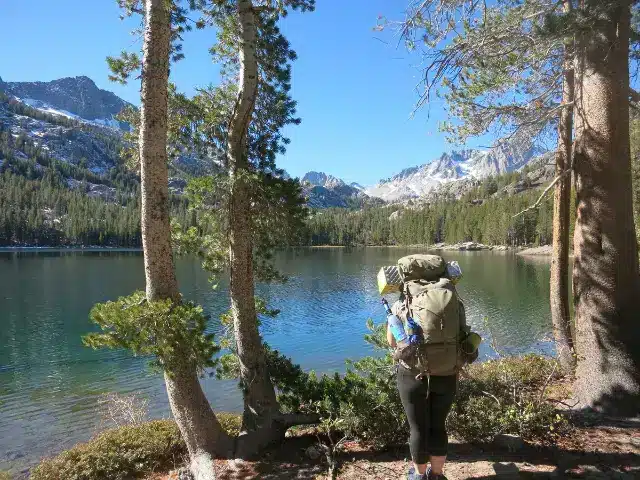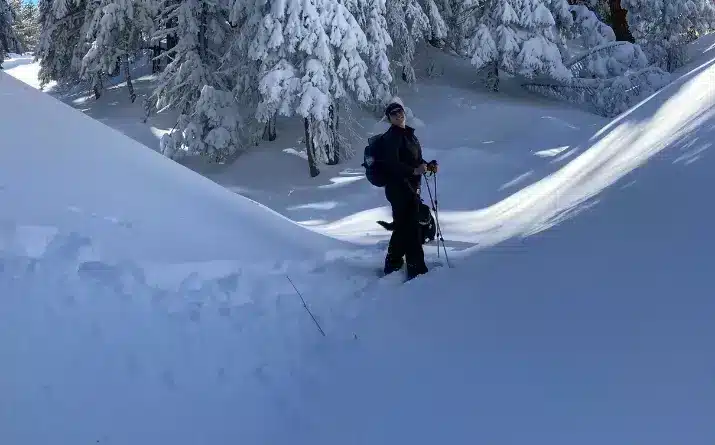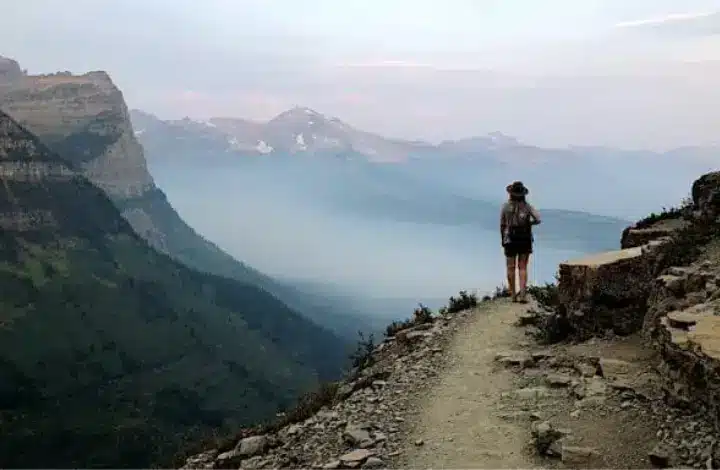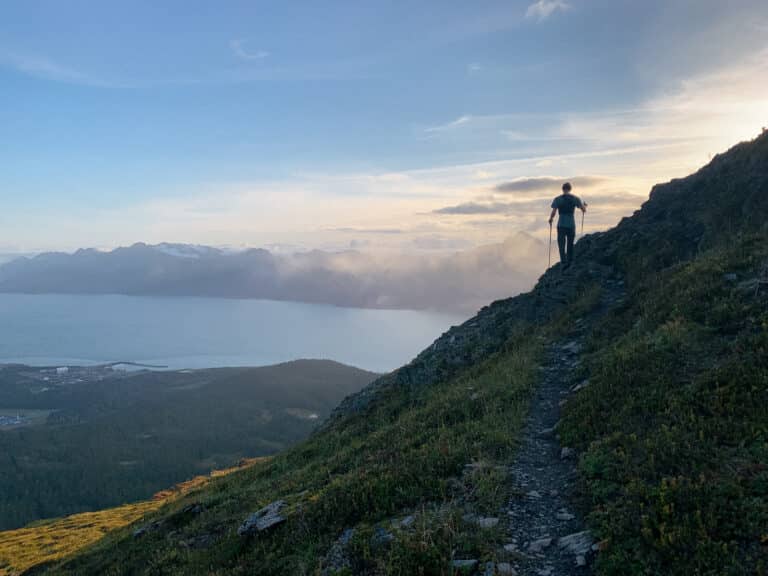Trail Etiquette: Guidelines for a Positive Hike
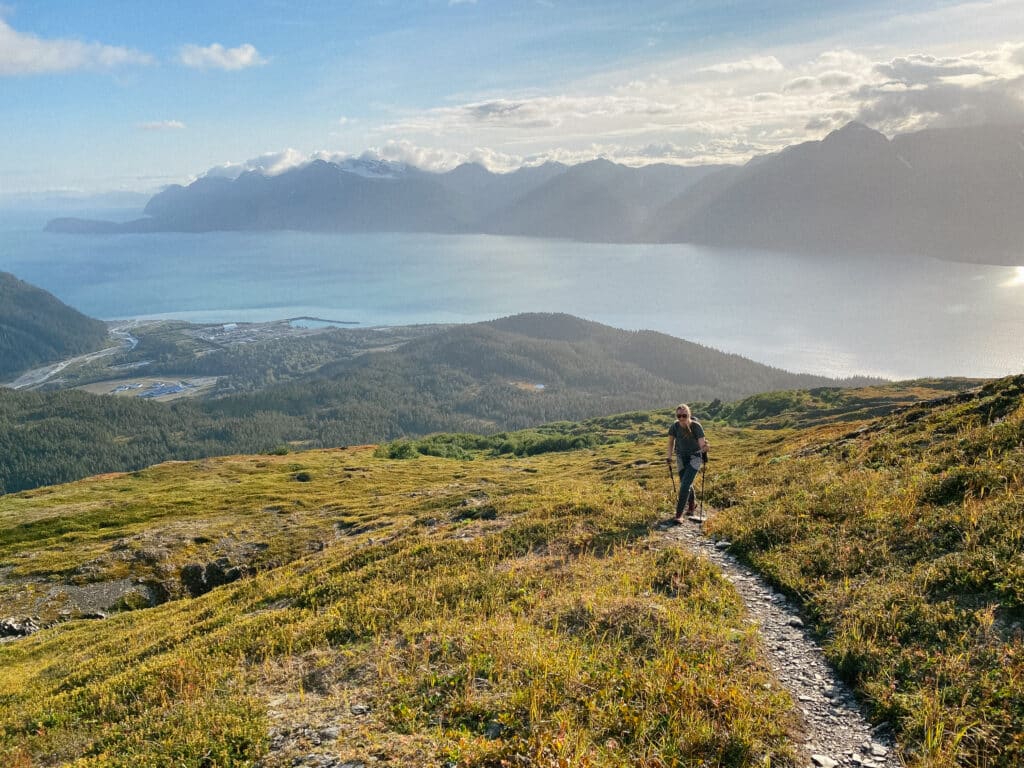
It can be a scary thing to jump headfirst into a new activity or hobby. Being a beginner, we obviously want to seamlessly fit in with the rest of our peers.
This usually means following certain trail etiquette practices to adhere to the unspoken social code. In the outdoor community, the social code is very important.
Following proper trail etiquette is the best thing we can all do to create an environment that is safe and positive for everyone.
Follow these tips below to be a compassionate and caring outdoor enthusiast.
Trail Etiquette Explained
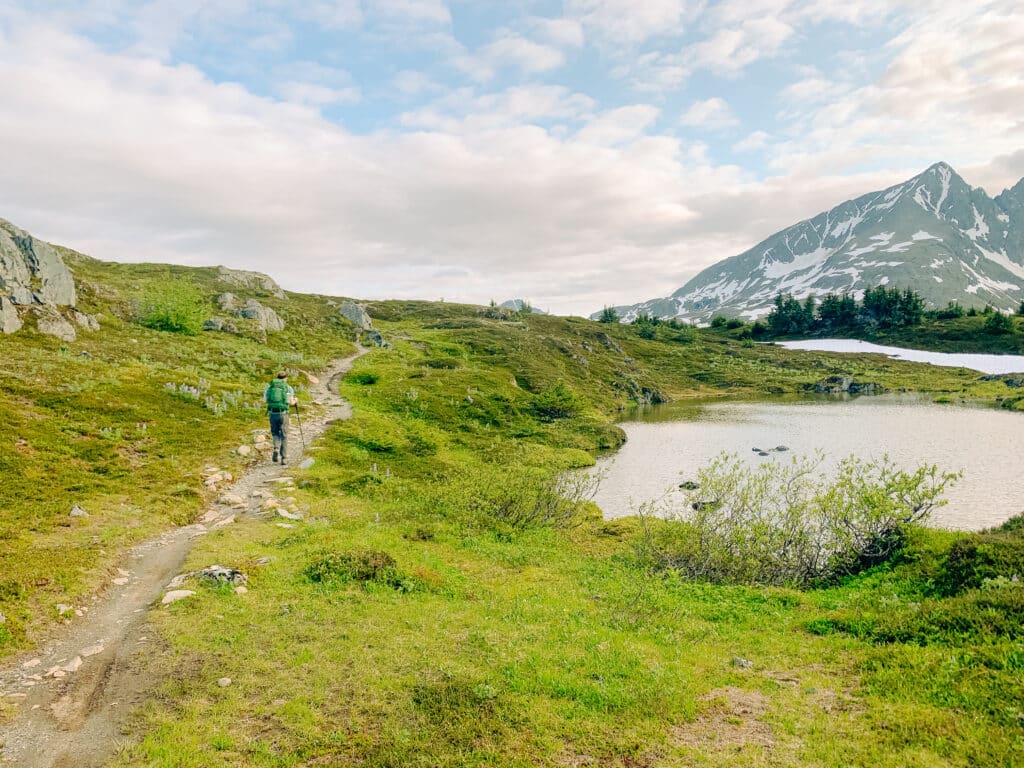
Right of Way on a Shared Trail
In general, those hiking uphill have the right of way. This is for a couple of simple reasons. If you’ve ever been trekking up a trail, you know how easy it is to slip into the “hiking zone”.
When you’re working hard and looking down at your feet it can be a little difficult to notice hikers coming downhill. Your attention is so pinpointed on completing the next uphill section that everything else takes a back seat.
In contrast, those headed downhill have a much broader area of focus which makes it easier to notice fellow hikers. It’s courteous to let the uphill travelers continue their momentum and step to the side.
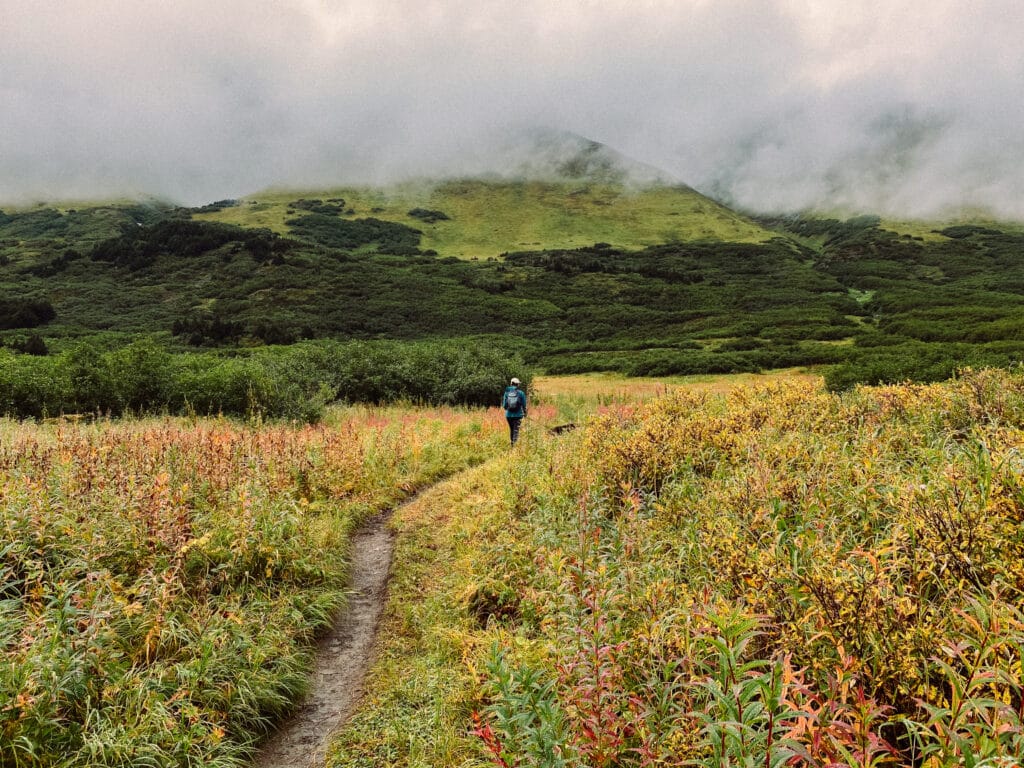
On a shared trail that allows for more modes of transportation than just feet, it’s important to know who should yield to whom. Hikers should always yield to horses or other pack animals.
Carefully move out of the animal’s way and keep in mind how certain animals may be easily spooked by sudden movement. Our two-wheeled friends, mountain bikers, should always yield to hikers.
There may be situations where it makes more sense for the person on foot to step aside and allow the mountain bikers to pass, but as a general rule, they shouldn’t expect it.
Passing Other Hikers
Everyone hikes at their own desired pace, so it’s expected that the need to pass may arise. Believe me, I completely understand how uncomfortable and potentially awkward it is to be stopped in your tracks by a slower group ahead of you.
But keep in mind that we’re all hikers, and we’re all out here to enjoy some nature. Lead with kindness, and the rest will take care of themselves. A simple, “Hello, mind if I pass?” is all it takes.
The way to not do it is to sneak up on them. While it is definitely nice to wait for a point along the trail that is wide enough to accommodate an easy pass, don’t just slip through wordlessly.
In the opposite situation, where you are the one hiking slower than others on the trail, be aware of it! If you can hear another group coming up behind you, make their day and offer to let them pass.
They will appreciate not having to slow down, and you will be able to continue your leisurely stroll.
Noise Levels
A big reason that many people head out on a trail is to escape the incessant noise of normal everyday life. They would like to enjoy the sounds of nature and become immersed in the landscape.
When hiking, especially on trails that are more heavily trafficked, it’s kind to keep your noise levels to a minimum. This by no means that we all have to play the silent game as we trot through the forest, but it does mean that we should all refrain from causing an unnecessary racket.
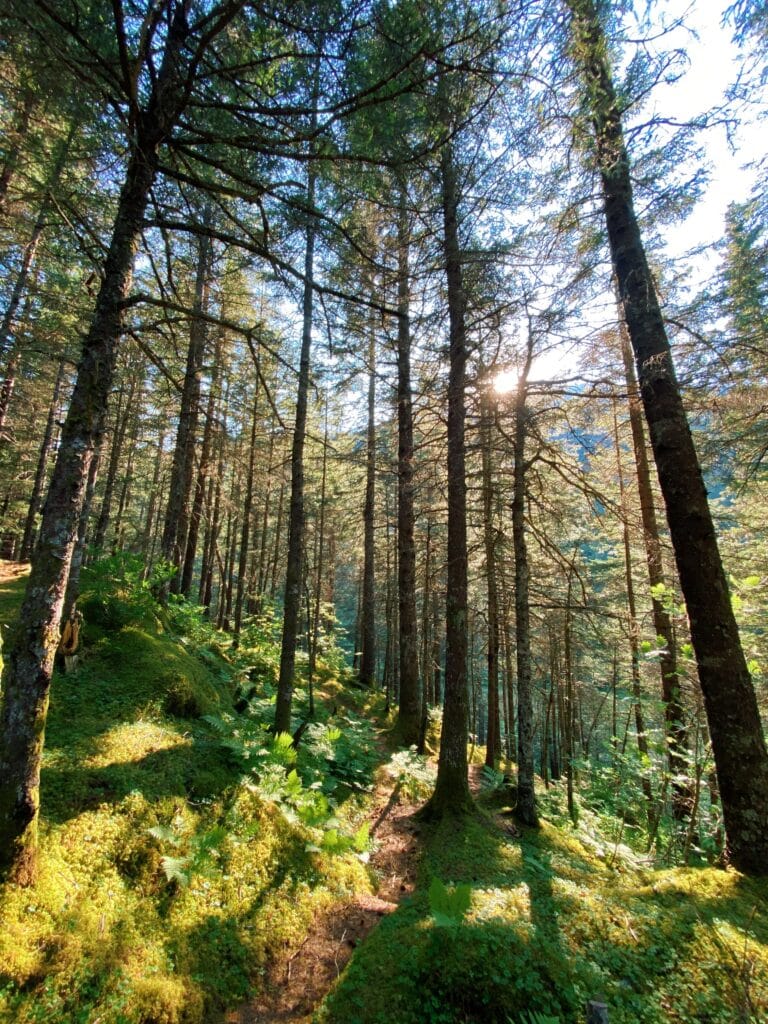
Throughout my years of hiking, I have seen quite a few people that prefer to play music out loud on a speaker as they trek. I would advise against this.
Not only does it potentially annoy other hikers, but it also may affect wildlife behavior. If you insist on listening to music while you hike, either keep it at an unobtrusive volume or pop in an earbud to enjoy it privately.
An exception to this noise level rule is when hiking in bear country. Part of being bear-aware is hollering and shouting to let the bears know that you are around. You never want to sneak up on a bear, so don’t be afraid to belt out a few lyrics to your favorite song every once in a while.
Friendliness, First
It is completely understandable to not want to interact with other trail users more than necessary. You’re out here to lose yourself in the sights, sounds and smells of the natural world.
Even so, always lead with friendliness first. Nobody expects you to be their new best friend, but they would no doubt enjoy a friendly smile as you pass by.
A smile and friendly greeting could be the difference between them feeling safe or them feeling a little sketched out. The outdoor community is a happy one, so let’s spread that happiness around to everyone we come in contact with.
Hiking with a Pet
When it comes to hiking with your four-legged best friend, the most important thing is to follow the local rules and regulations. Never hike with your dog on a trail that specifically says no dogs.
Having your dog on a leash when signs say to do so is also very important to follow. I get that your dog is a good boy/girl and does great off-leash, but not everyone feels comfortable around off-leash dogs.
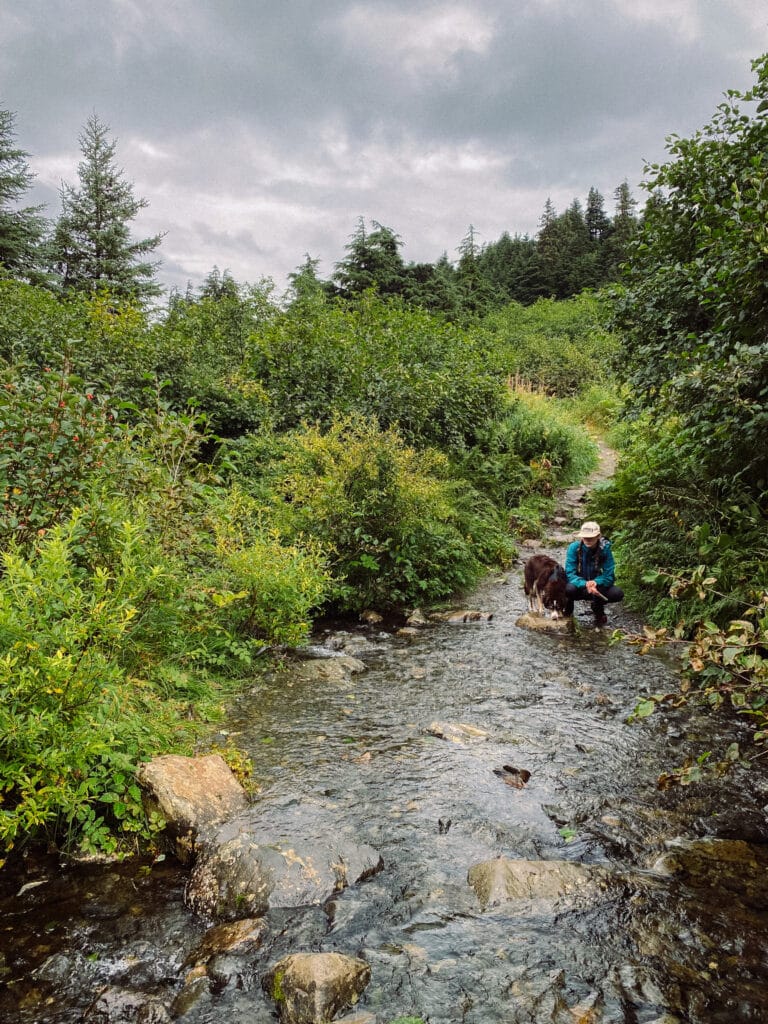
Keep your pup under control at all times, including in the presence of any wildlife you may encounter. Letting your dog chase wildlife around is unacceptable. Always pick up after your pet to keep the trail clean and clear.
Hiking with a Group
Spending a Sunday afternoon with friends and family on the trail is no doubt a great decision. It is a beautiful thing to connect and share an interest, and what better place is there to do it than the great outdoors?
That being said, there are a few things that we should all be aware of and take responsibility for when hiking with a larger group of people.
It is important to be acutely sensitive to any other hikers you have in front or behind the group. Groups tend to hike a little slower than singles or doubles, so let others pass if you notice the gap quickly closing.
It’s natural that groups will be a little louder than other hiking configurations, but just keep it cool. Nobody wants to hear gossip shouted up and down the trail.
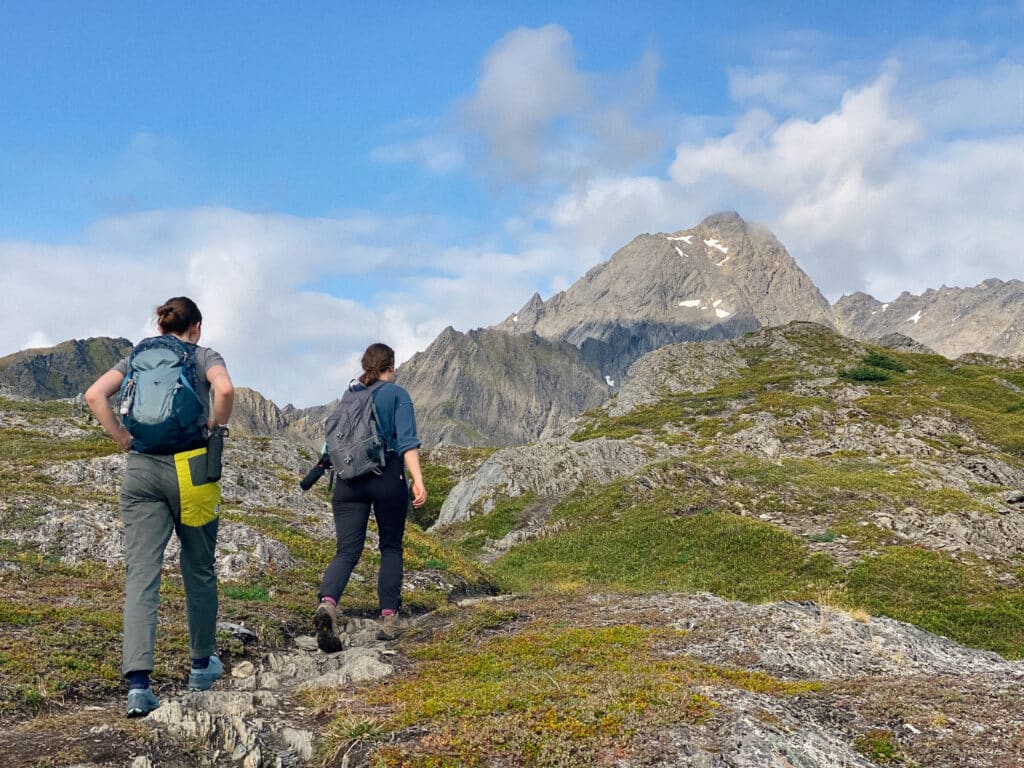
Keep in mind that you will be taking up more space on the trail than if you were hiking solo or as a couple. Besides meaning you are a bit more imposing as a crew, it also means your impact on the environment is multiplied.
Do your best to hike single file, particularly on trails that aren’t very wide. Going off-trail or walking on the side of the trail can greatly harm the vegetation.
On trails that require one party to step to the side to let others pass it generally makes sense for solos or pairs to make way for the group.
This is a very situational decision, but because of the fact mentioned above, groups will cause more harm to the trail if they all step to the shoulder than a single hiker will.
“Bathroom” Breaks
Let’s be real: nobody enjoys the vulnerability inherent in using the “bathroom” when hiking. Occasionally though, the need will arise. When duty calls, proper trail etiquette is to make sure you step at least 200 feet away from the trail and any water sources.
There are times when this won’t be possible, but just do the best you can. The last thing you want is to make someone else feel uncomfortable on their hike.
Invest in a backpacking trowel and some emergency t.p. for a better experience. Always, always pack out your toilet paper. There are few things more infuriating than seeing toilet paper flying in the wind as you try to enjoy the landscape.
Leave No Trace!
These three words not only perfectly sum up what our goal should be in the outdoors, but they also refer to a set of foundational guidelines for conduct in public outdoor environments.
The 7 Leave No Trace principles include disposing of waste properly, leaving what you find (rocks, vegetation, etc.), and respecting wildlife.
Most of the trail etiquette above is about being kind to your fellow human. The practice of kindness doesn’t end there, though: extend it all the way out to the trees, the rivers, and the valleys.
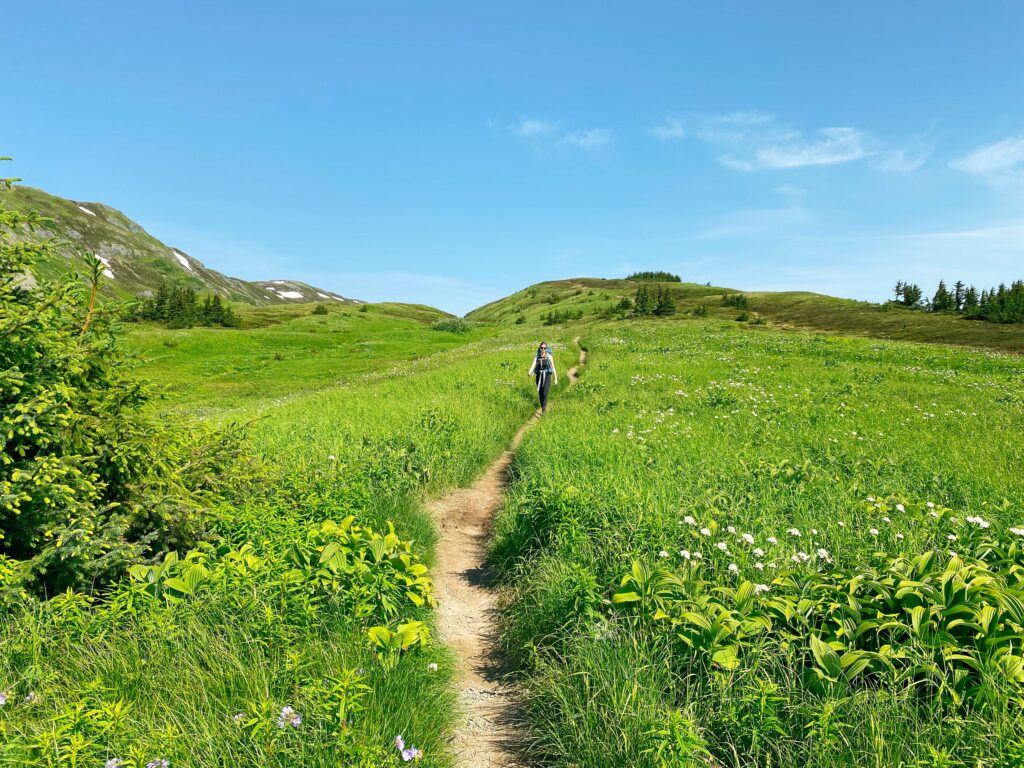
As enjoyers of the outdoors, our ultimate goal should always be to preserve and protect the environment so that others may enjoy it in exactly the same way we have.
This is not a denial of the forces of nature. It is just accepting how important these natural places are for the well-being of the human race (and understanding that we’re not exactly working with nature anymore).
Stay on the Trail
Putting existentialism to the side, a good practice for the preservation of the trail is to stay on it! This is extremely important in more heavily trafficked areas.
Help keep the fragile vegetation alive and well by only going off the trail when absolutely necessary. If you do go off-trail, do your best to limit the damage. Avoid stepping on plant life; stick to tougher surfaces like a rock whenever possible.
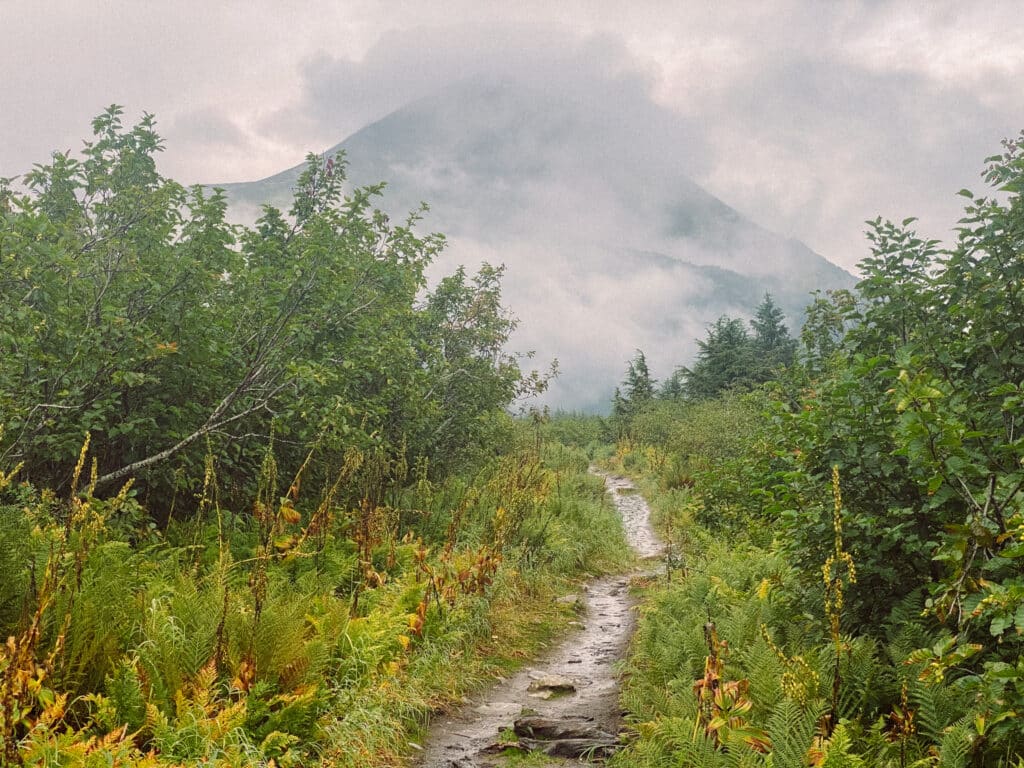
Right after heavy rainfall is often the most dangerous time for the integrity of a trail. As a trail becomes muddy, the worst thing to do is step off to the side to avoid it.
Brave the mud and walk directly through it, or decide that this is probably not the day for you to complete the trail. A hiking trail is rapidly widening as a result of people avoiding mud and walking along the shoulder, so plan ahead with the proper footwear for mud-blazing.
Lead with love, and everything will be taken care of
Even though I have laid out a list of trail etiquette practices with specific rules, you need to consider every situation fresh.
Most decisions you make will be very situational and spontaneously arise out of the needs of the moment, so don’t try to apply this knowledge as you read it out of a textbook.
The easiest way to make sure we and everyone around us are having a good time is to lead with love: love for the Earth, and love for those we live on it with.
Ready for an Epic Hike Now?
Now that you know the basics of trail etiquette, it’s time to hike! Here are a few epic hikes we recommend:
- Hiking to Delicate Arch (How to Make the Most of Your Time) – Utah
- Devil’s Garden Trail in Arches National Park – Utah
- 3 of the Best Hiking Trails Near Seward, Alaska
- Sedona Hikes Not to be Missed – Arizona
- 35 of the Best Day Hikes in the World
Discover the perfect hiking trail for you with one of our hiking guides.
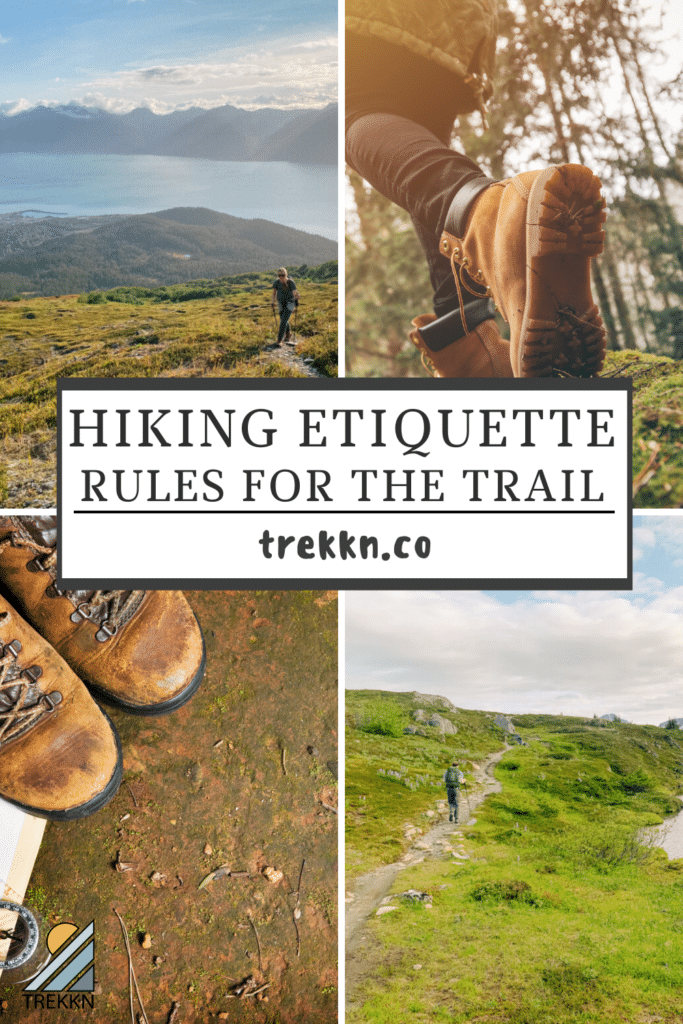
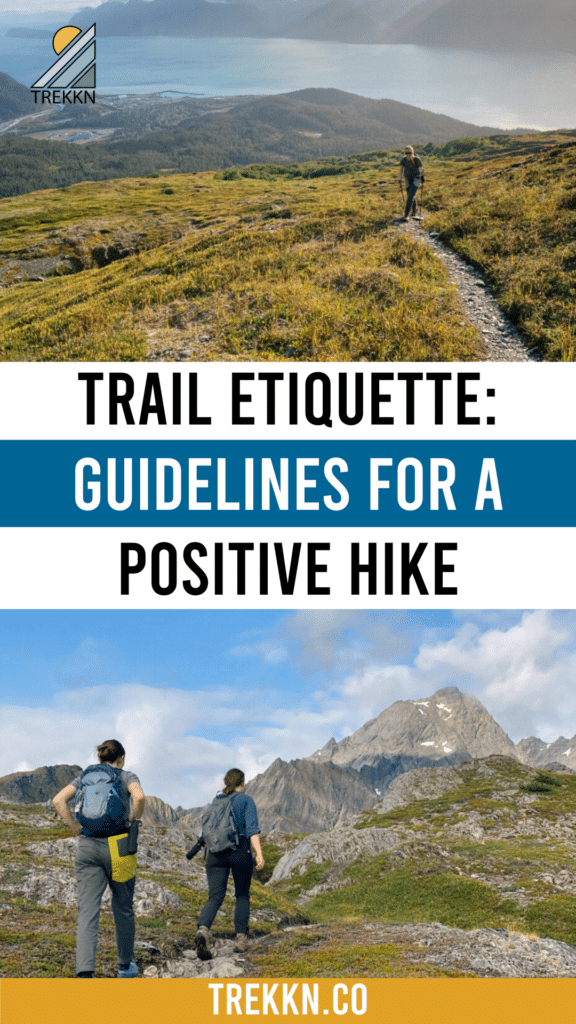

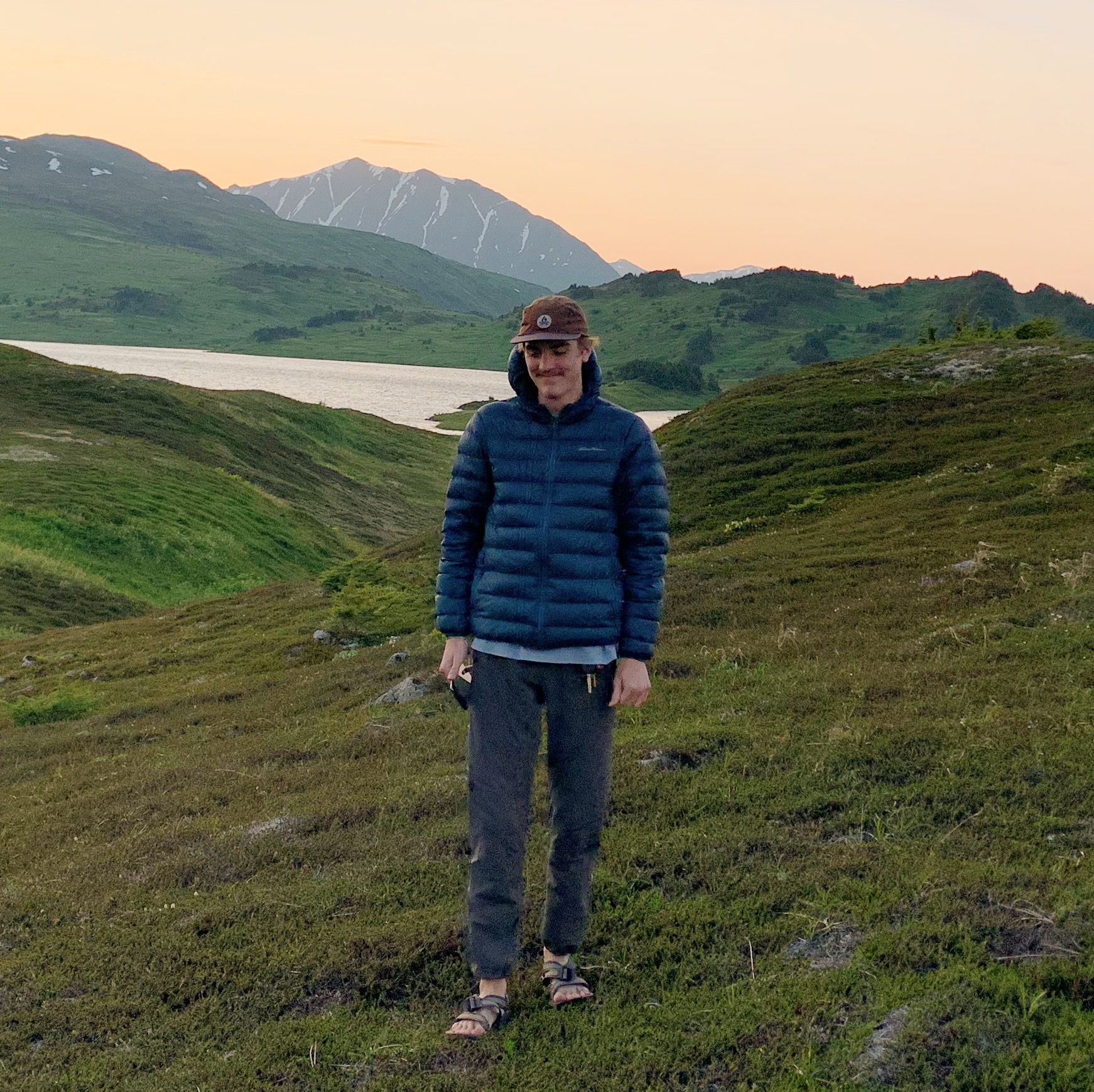
Josiah B gained invaluable experience while living on the road with his family, during which time he felt overcome with the desire to continue exploring. That search landed him in Seward, Alaska, where he currently resides. His love for the outdoors is welcome with open arms in the Last Frontier, and with an endless amount of hiking and backpacking to be done, he’s eager to share the best that Alaska has to offer.



